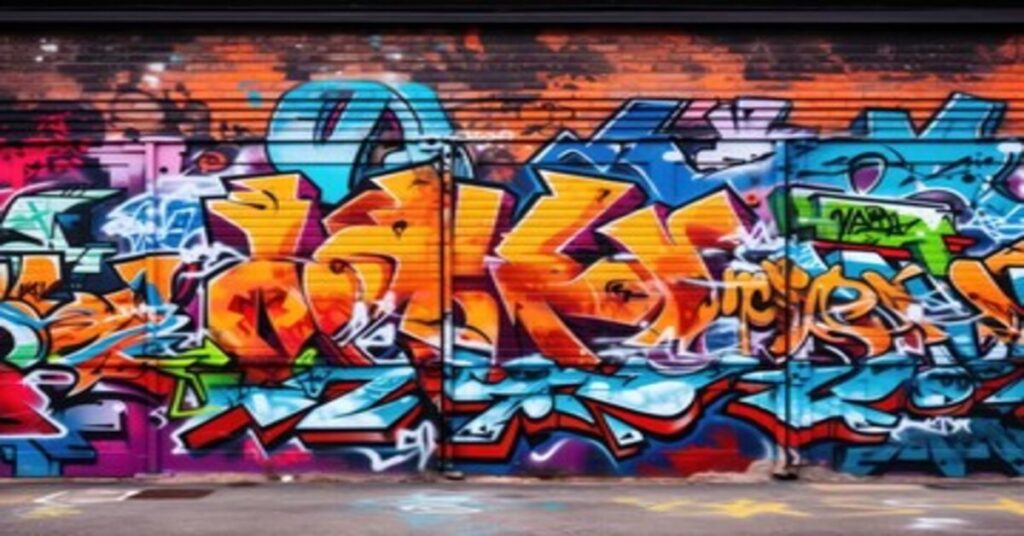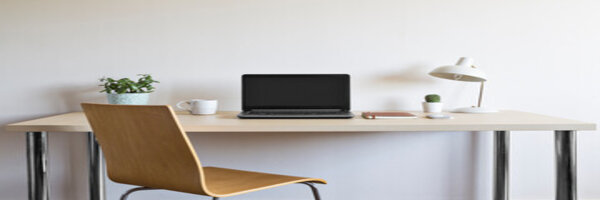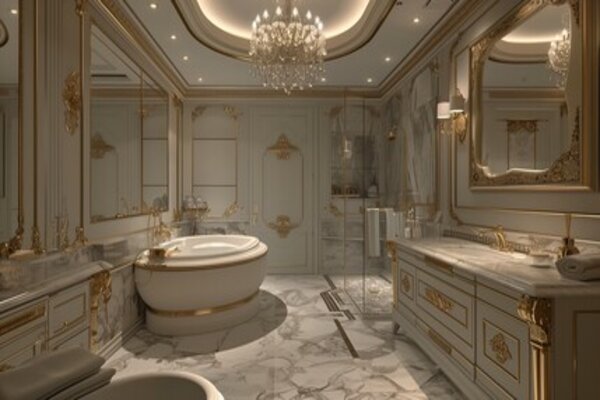Introduction
A basic construction such as a pea gravel sandbox occupies an empty backyard and can hold children. In this case, children have an imaginative receptive space where they can go out to play. Pea gravel can be a non toxic option for a playground sandbox. We will guide you on the several stages of sandbox construction with pea gravel. This will also include your own construction plans through effective designs and DIY.
Why Choose a Pea Gravel Sandbox?
When it comes to sandbox materials, pea gravel stands above the rest due to its multiple advantages. Sand, which is a commonly used material, leaves everything messy as it can harden; however, with the use of pea gravel, the texture is smoother and easier for young hands and feet. It also allows for good drainage, so puddles are less likely to form after it has rained. On top of that its variety allows for the different sandbox pea gravel designs that can blend in with any yard or other designs.
I remember very well my children playing in the pea gravel sandbox—it was one of the first boxes that they had. They built kingdoms, played in the sand, and invited their favorite plush animals for a tea party. The kids’ laughter and creative approaches to that place turned out to be well worth the money and time spent.
Also Read : PA Compliant Home Improvement Invoice Forms
Pea Gravel Sandbox Design Ideas
If you want to improve your yard aesthetics and define play areas for your children, then selecting the appropriate pea gravel sandbox design will help you achieve that. Here are some of the ideas that you can think of:
Basic Square SandBox
If this is your first time experimenting with DIYs, this is the most basic design. A square-shaped pea gravel sandbox is highly applicable due to its simple construction yet allows enough space for users to enjoy.
Rectangular With Built in Seating
Alternatively, go for a rectangular-shaped sandbox with ample built-in seating areas for a more practical option. This makes it possible for the supervising parent to sit comfortably while also allowing additional space for the children to play.
Sandbox With Custom Shapes
You could alternatively choose to build more adventurous shapes, such as star or heart designs. This will make your sandbox more attractive and will be exciting for children during playtime.
Step-by-Step Guide to Building Your Pea Gravel Sandbox
Building a pea gravel sandbox can be a rewarding project for the whole family. Here’s a detailed guide on how to make one yourself.
Step 1: Gather Your Materials
Here’s a list of materials you’ll need for your pea gravel sandbox DIY project:
- Pressure-treated wood or cedar boards for the frame
- Pea gravel
- Landscaping fabric (optional)
- Drill and screws
- Saw
- Measuring tape
- Shovel
- Rake
- Level
Step 2: Determine the Size and Shape
Decide on the dimensions and shape of your sandbox. A popular size is 4 feet by 6 feet, but feel free to customize it based on your available space.
Step 3: Build the Frame
- Cut the wood to your desired measurements.
- Assemble the frame by connecting the corners with screws.
- Use a level to ensure the frame is even.
- Consider adding a second layer of wood for extra height.
Step 4: Prepare the Ground
- Mark the outline of your sandbox on the ground.
- Remove grass, weeds, or debris from the marked area.
- If desired, lay down landscaping fabric to help prevent weeds from growing through the gravel.
Step 5: Add the Pea Gravel
- Fill the frame with pea gravel to a depth of about 6 to 12 inches.
- Use a rake to spread the pea gravel evenly within the frame.
Step 6: Customize Your Sandbox
To make your pea gravel sandbox even more inviting, consider adding:
- Toys: Buckets, shovels, and molds encourage imaginative play.
- Seating: Use benches or logs around the sandbox for adults and kids to sit on while they play.
- Shade: Install a canopy or use a large umbrella to create a shaded area.
Read About :Vacation or Home Improvement
Sand Alternatives for Sandbox: Exploring Other Options
If you are looking for another material to use for the sandbox, you might want to try other materials besides sand. One attractive alternative for sandboxes is:
- Play Pellets for Sandbox: These are bright plastic pellets which are easy to clean and do not pack as tightly as sand.
- Kinetic Sand: Moldable sand that has a unique feel but it is pricier than pea gravel.
- Rice or Dried Beans: These can also be used for sensory materials but may be messy, and can attract pests.
Why Should You Consider a Pebble Pit for Children?
Much like a pea gravel sand box, a pebble pit for kids offers an area for small children to engage in tactile play to improve their overall sense development. They will be able to scoop, construct and even dig, thus developing their muscular development skills in the process. Another benefit is that since kids use pea gravel when playing outside, there is reduced likelihood of them getting bugs compared to sand activities.
Sand vs. Pea Gravel Playground: Which is Better?
There are several factors to consider when selecting the right material for a playground, in this case, sand and pea gravel. This includes safety, maintenance, and play experience. Loose gravels such as pea gravel are not easily compacted and have better drainage which can guarantee that the play area is kept clean. This kind of filling material is also preferred since it does not cling on to a child’s body as sand does making playtime more enjoyable.
Conclusion
Constructing a pea gravel sandbox is a fun activity that could improve your garden and provide a safe and imaginative playfield for your kids. There is hardly any upkeep, and considering the many benefits, it’s a worthwhile endeavor that will bring happiness for many years.
If you cannot wait any longer to incorporate this wonderful addition to your yard, plan for a pea gravel sandbox now. It will all be worth the effort because your kids will be happy and full of laughter.



